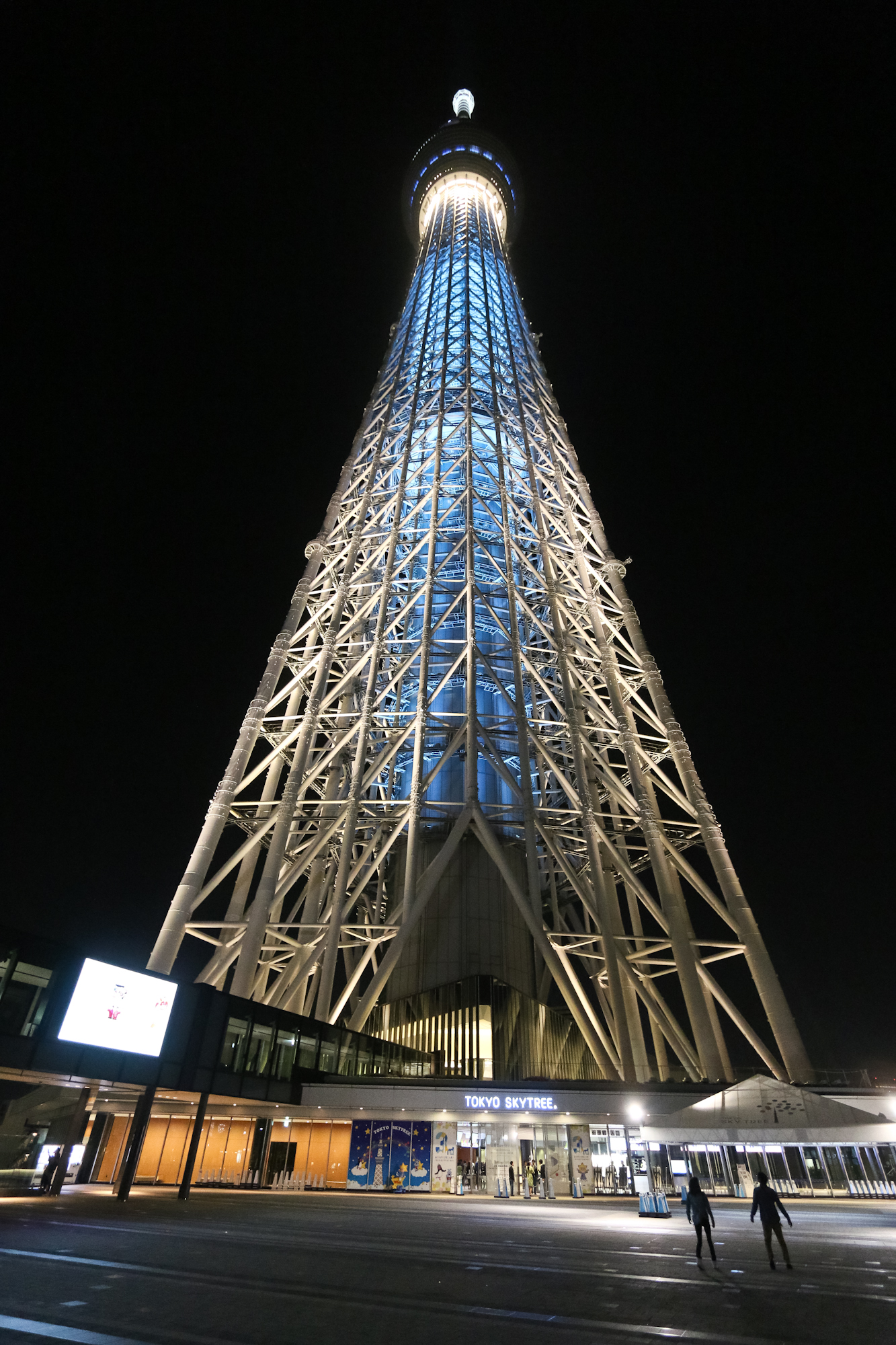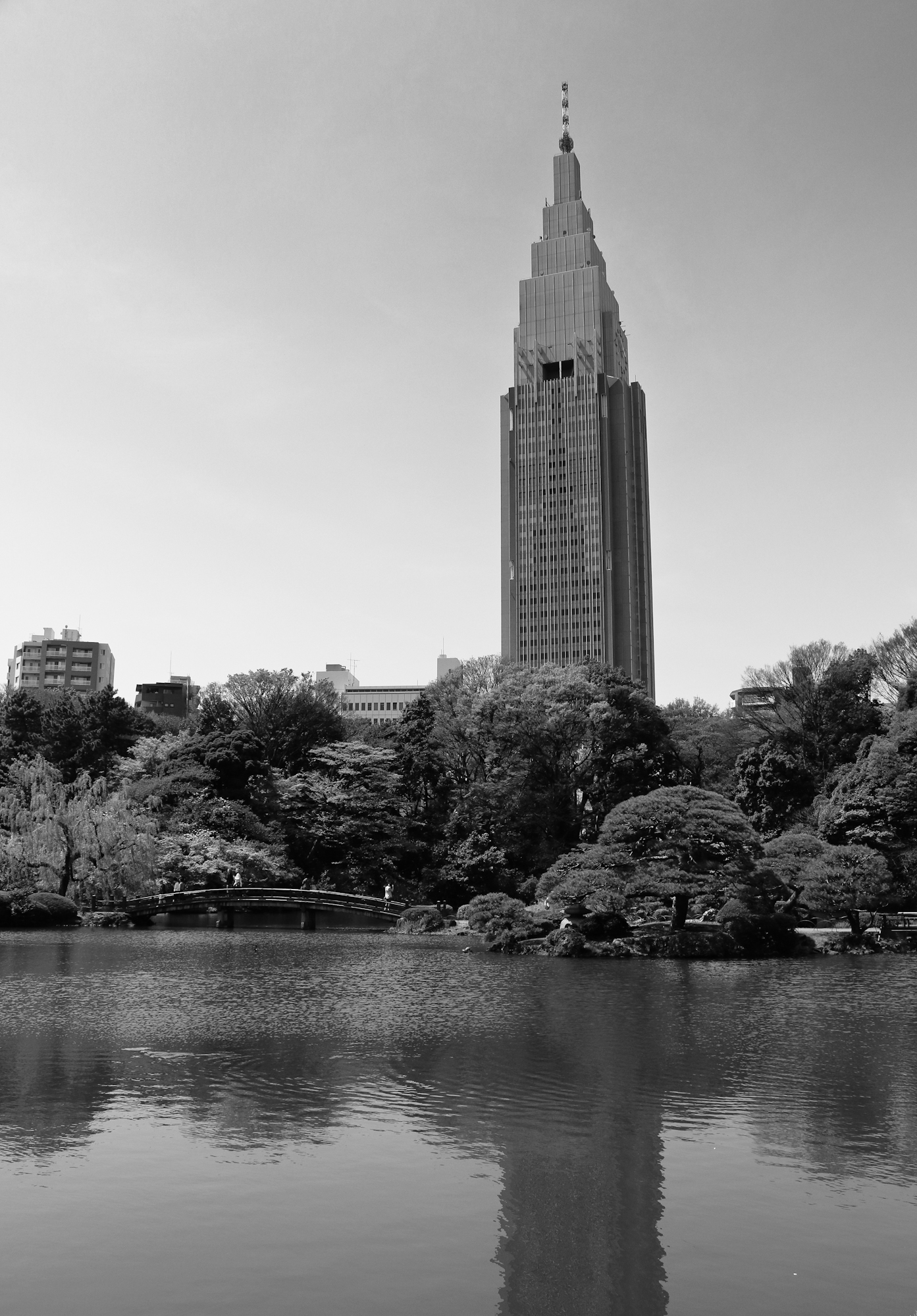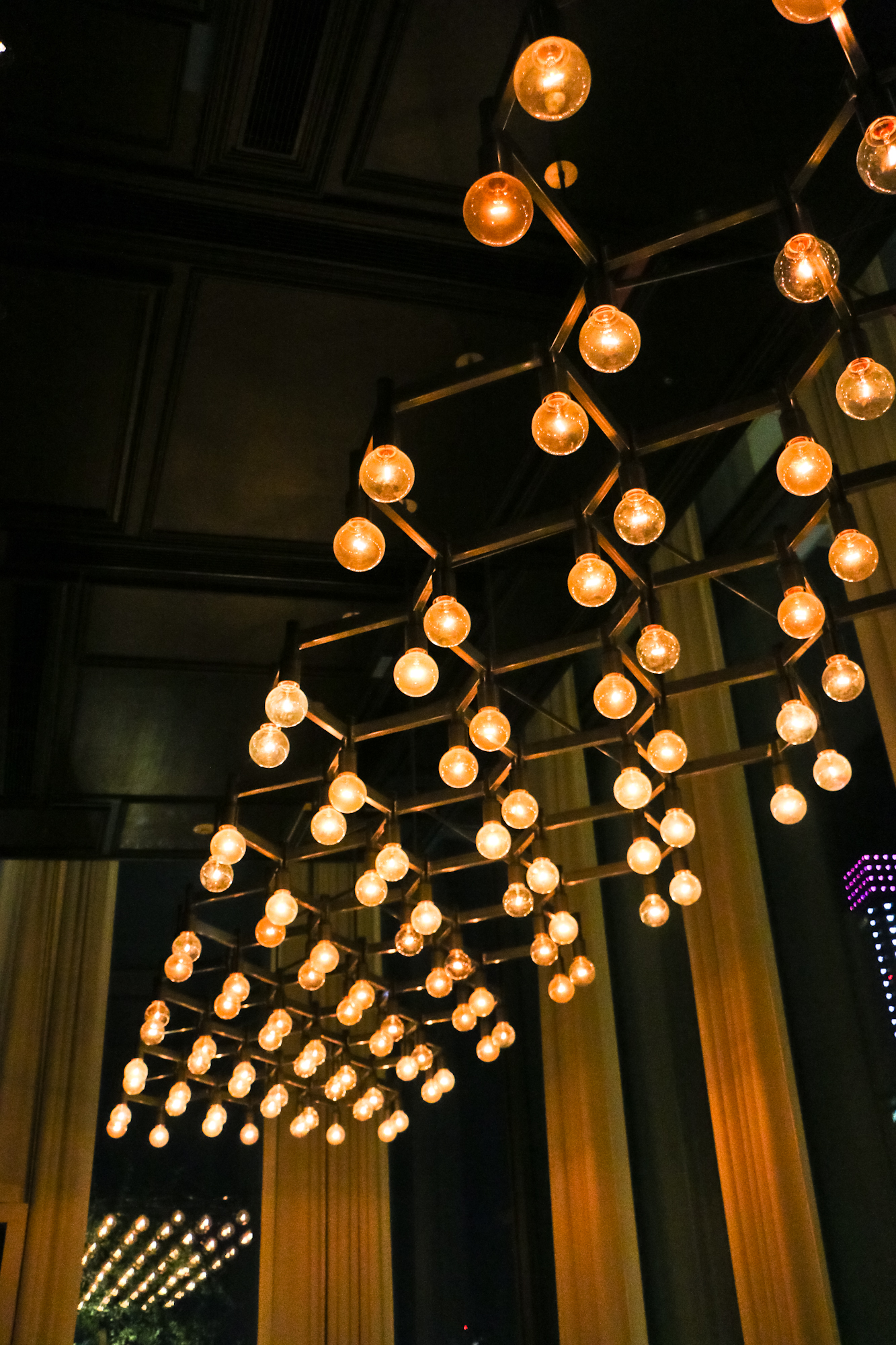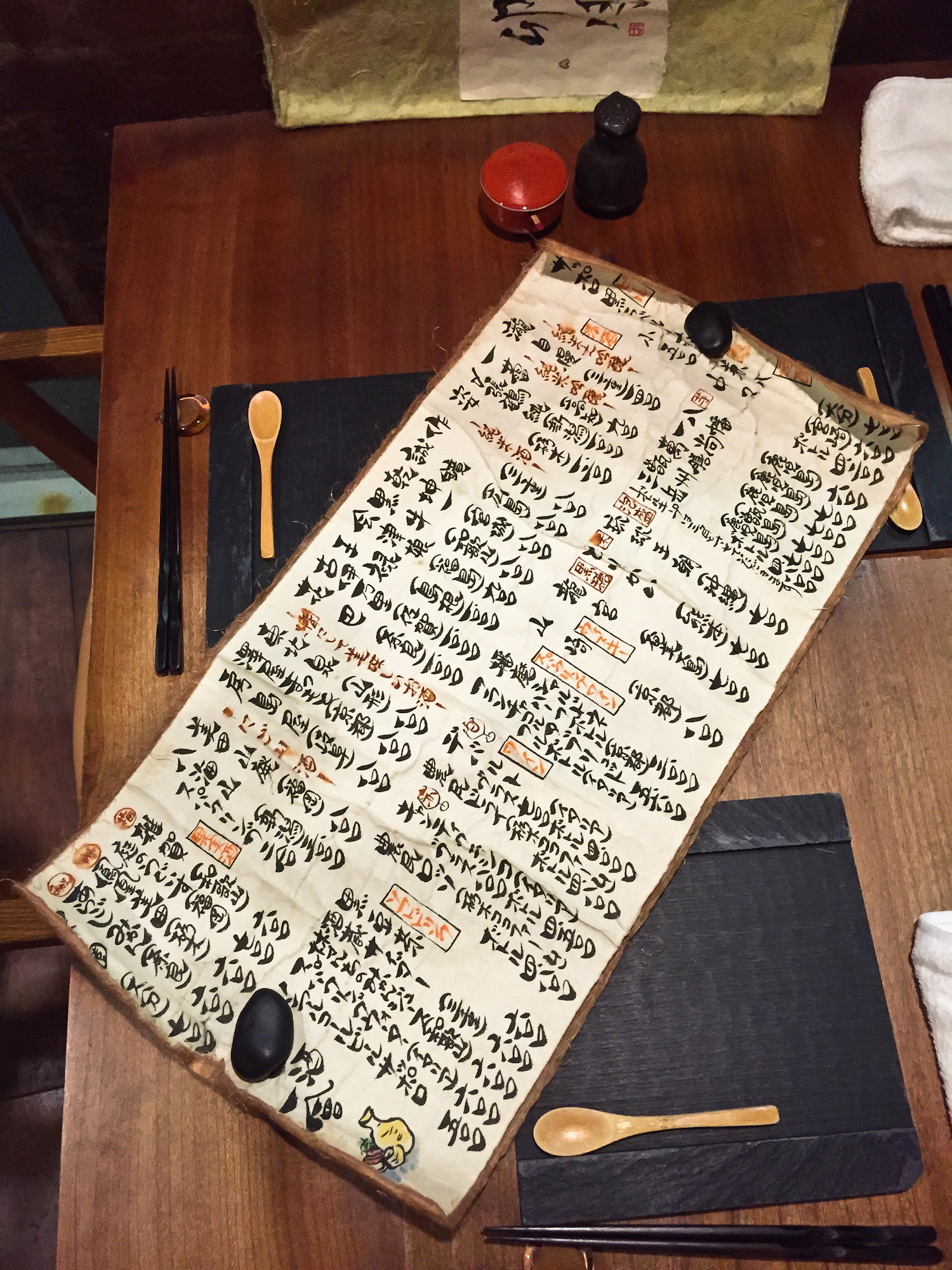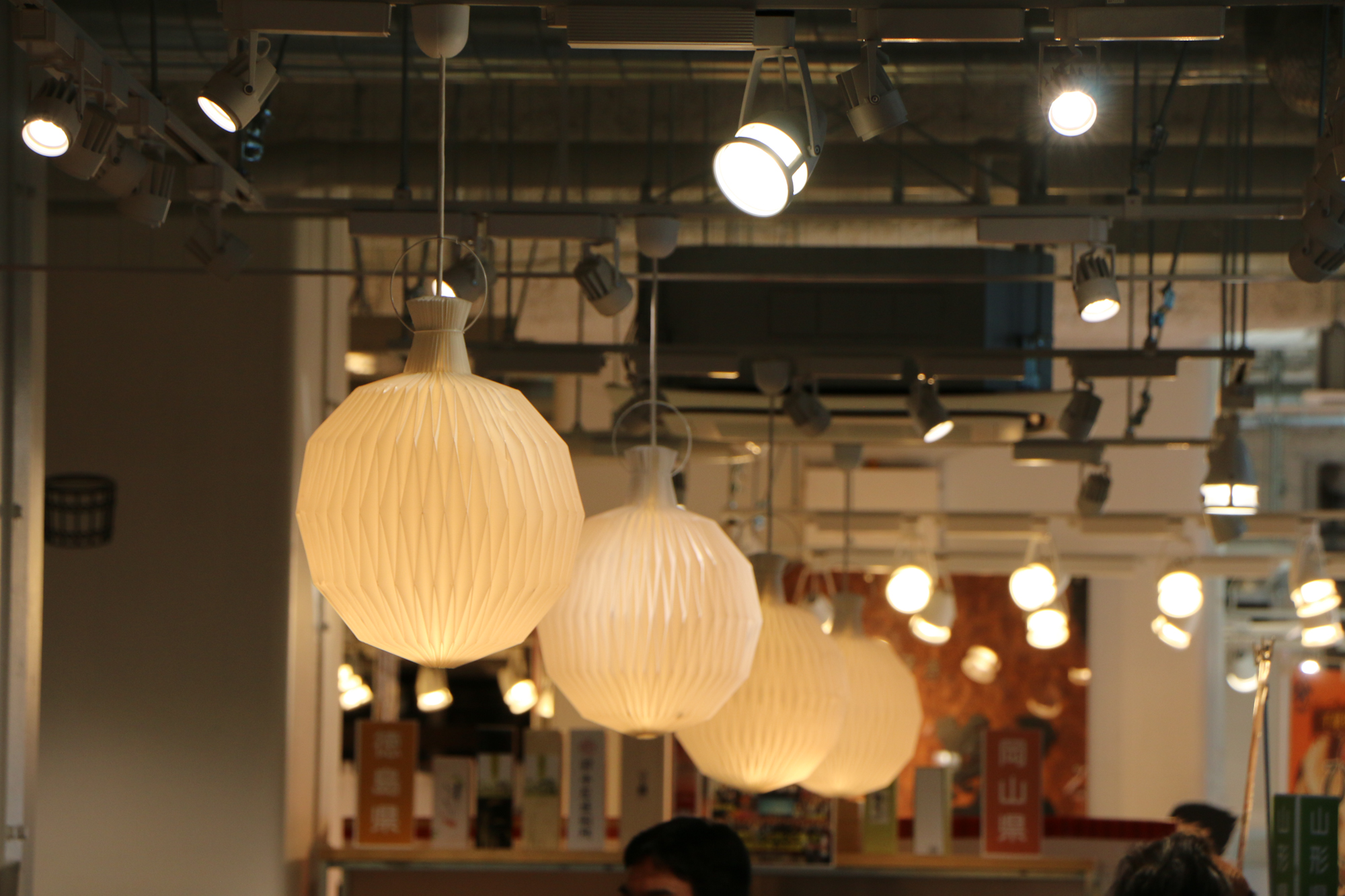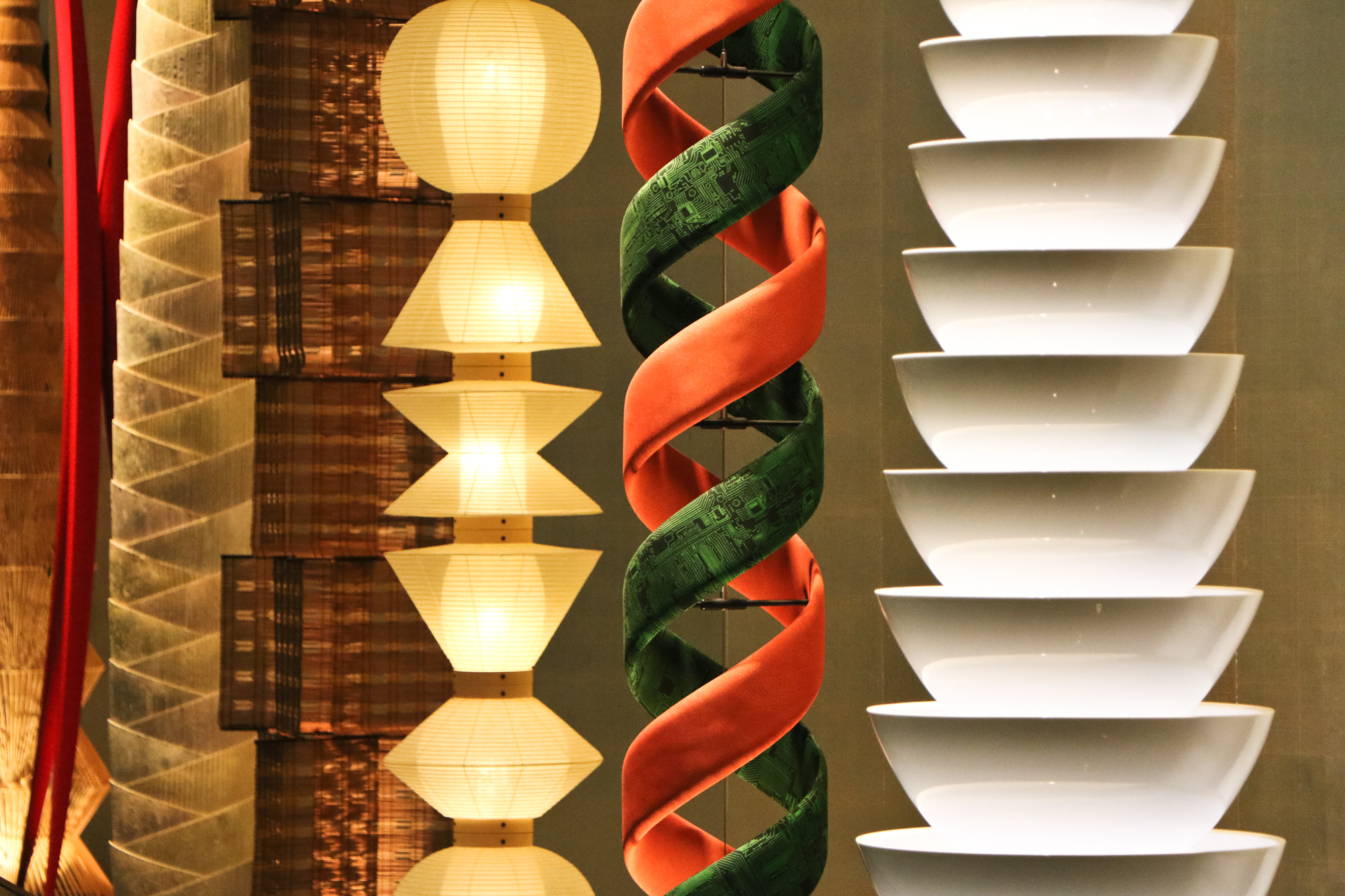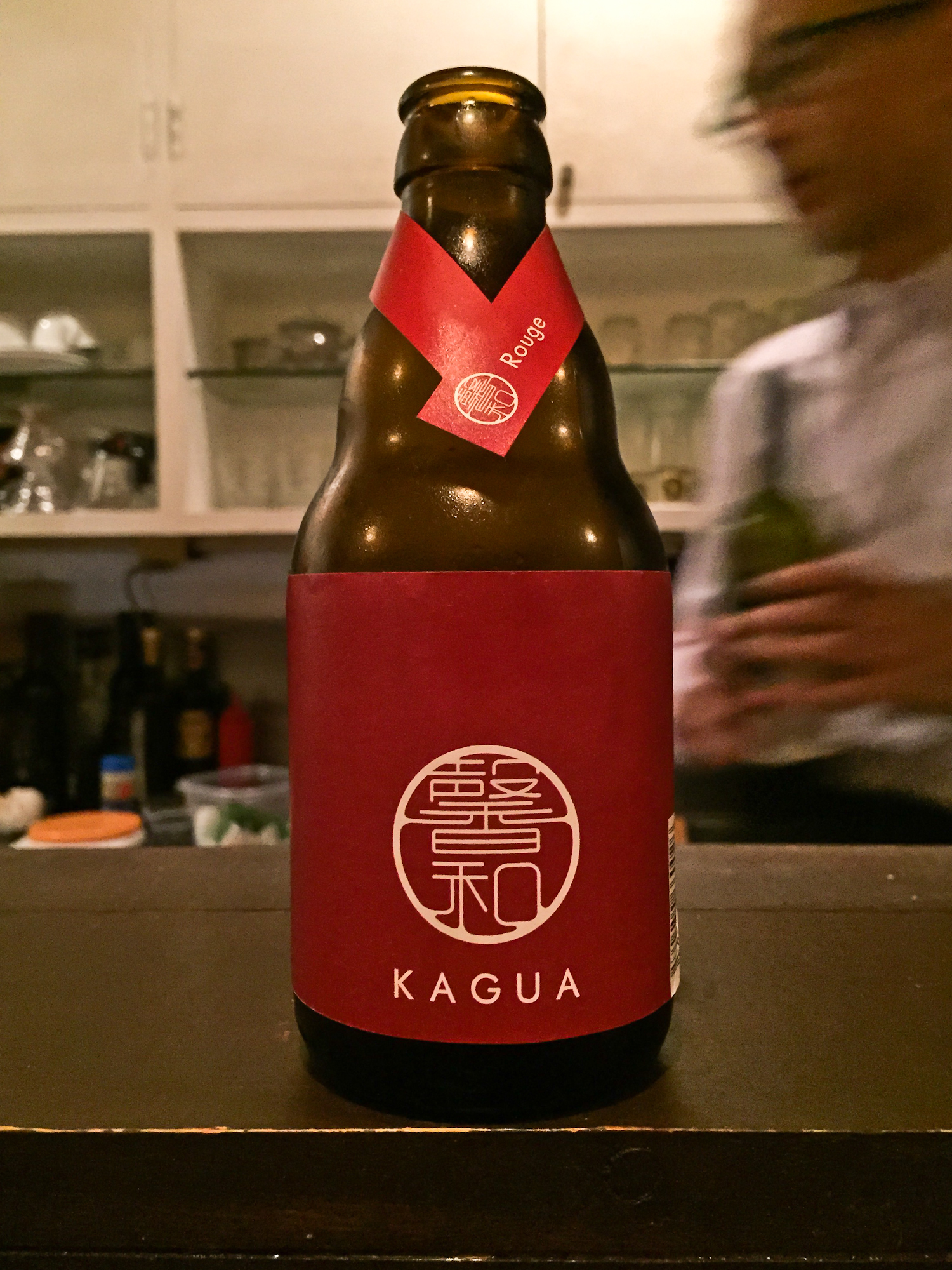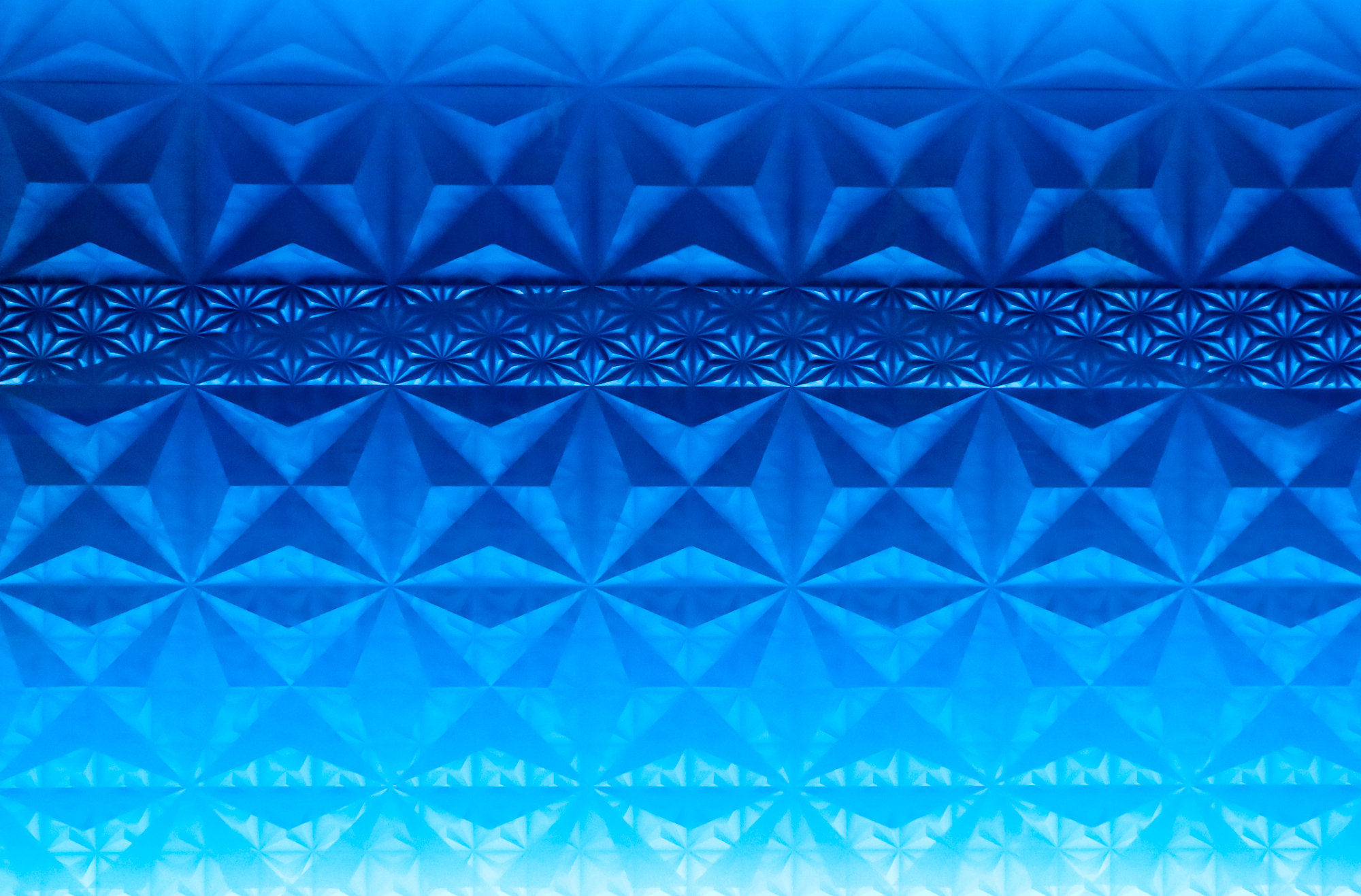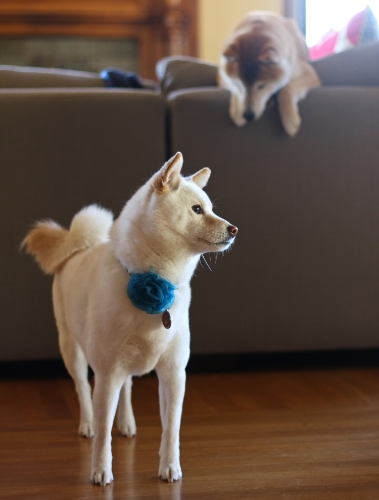A name is significant. If you're a business, you make a conscious choice when you select your name. You hope it helps customers identify and connect with you. You want it to be easily spoken, and easily remembered. And you want it to say something about you, to be part of your narrative. Shiba Ramen is both functional and personal, and that's why we chose it. We think it works for our business at the same time it says something about us.
Distinction Is Critical
The first point is that the word "Shiba" is distinctive, just as a business's name needs to be to set it apart from its competitors, or even from general background noise. It is an arbitrary word in that it has nothing to do with ramen, noodles, or even food. Not many other companies or products (if any) use this word, at least here in the U.S.
There's also an important legal reason to have a distinctive name, if you want intellectual property protection for your brand. Federal trademark law is based on protecting distinctiveness. The law gives the most protection to brand names that are "arbitrary" or "fanciful"--i.e., names that don't suggest or describe the nature of the product, either because they are entirely made-up words or because they are common words that don't hint at anything about the underlying product.
Think about names like Xerox, Apple, Starbucks, and as the U.S. Patent & Trademark Office notes, Old Crow Whiskey (a good friend of mine in college, as it happens). Names like this are "inherently distinctive" so that the government will grant a trademark without much red tape. If you choose a name that describes your product (lets make up an example--"Noodles Ramen"), you have to prove to the government that customers out in the marketplace actually associate that name with you. That's a real practical difference: by using Shiba Ramen, I can apply (and have) for my trademark now and expect to get it, but if I picked Noodles Ramen, I'd probably have to be in business for quite a while and develop a serious reputation before the government would be willing to put its weight behind my alleged economic interest and give me a trademark.
So Are Authenticity and Accessibility
"Shiba" is short--five letters, two syllables--and easy to remember in English. That's important, and it ties into the second reason we chose our name. Shiba is a Japanese word. We wanted to use a Japanese word to emphasize that our product is authentically Japanese, that it's the real thing, done the right way. Also to reflect Hiroko's Japanese heritage, which is important to us and to our family.
